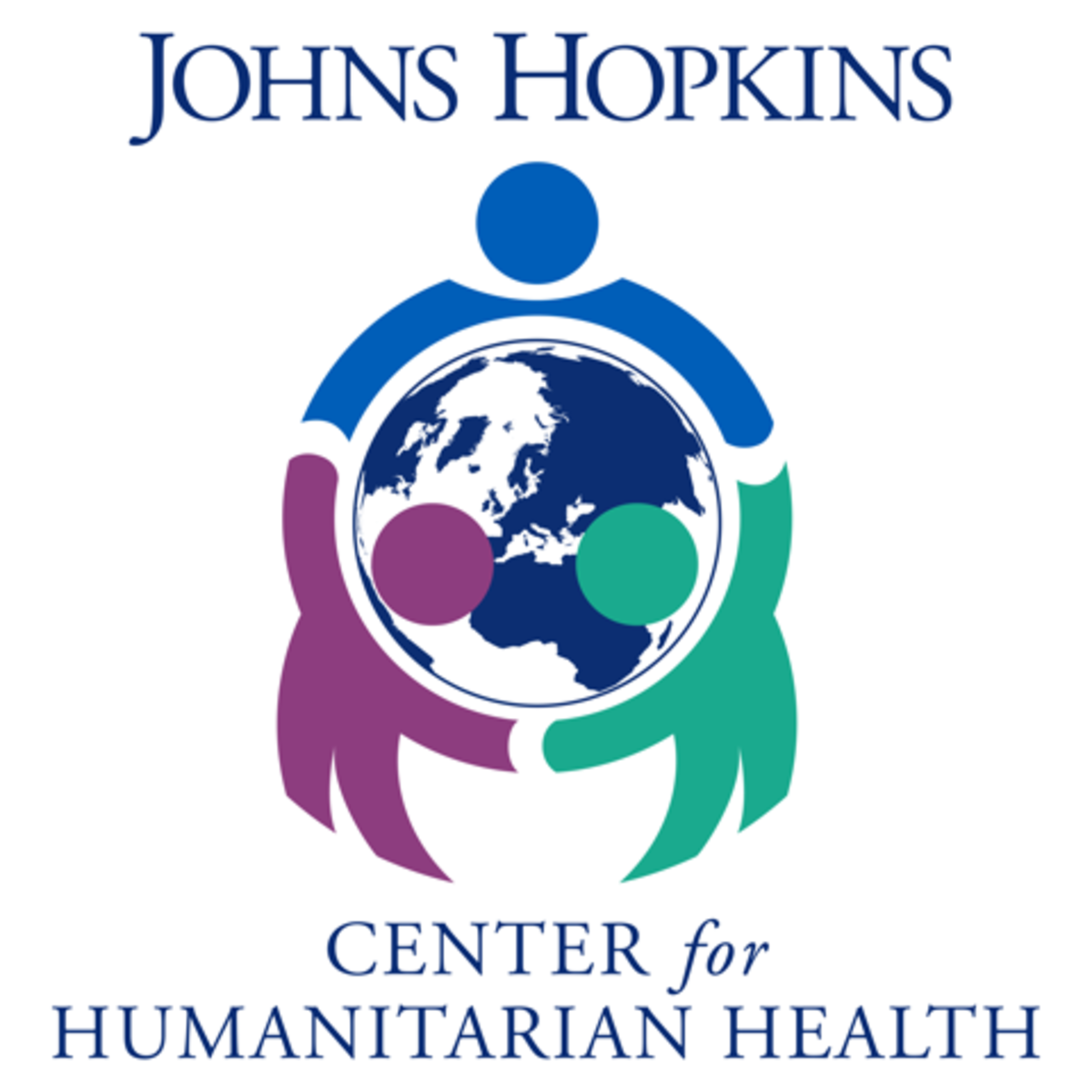Back to Courses









Public Health Courses - Page 2
Showing results 11-20 of 196

Childbirth: A Global Perspective
This course will review challenges for maternal and newborn health in the developing world, where a great many women and babies are suffering from complications during pregnancy, childbirth, and the days following birth. Themes covered include the epidemiology of maternal and newborn mortality and morbidity, relevant issues for the global health workforce, community-based interventions to improve maternal and newborn health and survival, and sociocultural dynamics surrounding birth.
This course provides a broad overview of maternal and newborn health issues facing low-income and transitional countries, where more than 2.6 million babies are stillborn and nearly 500,000 women die during childbirth or from pregnancy-related complications each year. In the developing world, many women deliver at home without a skilled care provider, drugs, or technological supports. Maternal and newborn survival can be improved by mobilizing communities and improving access to skilled care.
Through lectures, case studies and readings, course participants will learn about delivery challenges for maternal and newborn health services and how to utilize community-based strategies to improve the health and survival of mothers and babies.

Using Data for Healthcare Improvement
In this course, you will learn about the importance of measuring the quality of care and health outcomes in order to determine whether Quality Improvement(QI ) initiatives have achieved their aims. You will learn about how data is utilised to identify areas of improvement and the importance of using both quantitative and qualitative data in evaluating change. You will learn about the specific methods appropriate for improvement as distinct from methods more suited to research, including how to design measurement schemes suitable for improvement initiatives

Science of Firearm Injury Prevention Among Children & Teens
Firearm injuries are a leading cause of death among children and teens. However, there are many ways that these injuries and deaths can be prevented using evidence-based practices and policies.
Presented by the University of Michigan Institute for Firearm Injury Prevention and the Firearm Safety among Children and Teens (FACTS) Consortium, this course lays a broad foundation for understanding the science of pediatric firearm injury prevention and the latest research and evidence-based solution. This course covers a range of firearm injury topics including firearm-related suicide, unintentional firearm injury, firearm-related community and youth violence, firearm-related intimate partner violence, school and mass shootings, and officer-involved shootings. Through lectures and interviews from leading firearm injury researchers, and activities, readings, discussion boards, and quizzes, learners can become familiar with the epidemiology, prevention strategies, and policy efforts related to pediatric firearm injury prevention. The course also covers important gaps in existing research and future directions for expanding the knowledge base of the field.
This course is designed for multiple fields and levels of training, including students and researchers from public health, medicine, public policy, social work, nursing, criminology, sociology and psychology fields. The course is also appropriate for practitioners, educators and parents. As a learner, you will have the ability to select all modules or individual topics that interest you most. Composed of 7 modules, this course may be taken from the comfort of your home or office, and you can learn at your own pace.
Supported by a grant to the University of Michigan by the National Institutes of Health - Eunice Kennedy Shriver National Institute of Child Health and Human Development (NIH/NICHD) (Award Number: R24HD087149) and the University of Michigan Institute for Firearm Injury Prevention. The content is solely the responsibility of the contributors and does not necessarily represent the official views of the National Institutes of Health - Eunice Kennedy Shriver National Institute of Child Health and Human Development (NIH/NICHD) or the Department of Health and Human Services.

Fundamentals for Implementing a Hypertension Program
This course provides the fundamental knowledge necessary for program managers and implementors in a hypertension control program, especially in resource-limited settings. The course is interactive and includes useful tips relevant to different settings. The course should be also relevant to physicians, nurses, pharmacists, community health workers, and others who are interested in learning about hypertension diagnosis and management.

Guidance to Keep Newborn Babies Safe and Healthy
In your previous 2 courses, you learned some medical interventions and skills to keep newborns healthy in the days and weeks after they have been born. In this course, you will learn some key things that parents will need to do to keep their babies safe and healthy. The Guidance to Keep Newborn Babies Safe and Healthy Course will teach you best practices for how your baby will spend most of their day: eating, sleeping, and sometimes crying. Parents need to understand how to optimize nutrition, how to create a safe and happy sleep environment, how to safely transport their baby in their car, and how to respond to their baby’s crying.
A newborn baby is an amazing beautiful life filled with hope. There is so much that goes into making sure that babies are born healthy, and so much more to think about after they are born. Whether you are in the health care field, or even a parent, this course is the perfect educational opportunity for you to keep newborn babies healthy in the days and weeks after they are born!

Foundations of Health Equity Research
Introduces students to the core principles of health equity research. Covers topics such as defining health equity, engaging community and policy stakeholders, patient-centeredness, cultural competence, and dissemination of research findings. Content will recognize different geographic, cultural, and social contexts where health inequities occur.

Program Design & Evaluation for Health Systems Strengthening
This course provides an introduction to designing and evaluating to strengthen the health system. After successful completion of all learning activities, course participants will be able to:
1. Define health systems strengthening
2. Describe health systems frameworks and how to incorporate them into evaluation planning
3. Describe how to design and prioritize implementation of health systems programs
4. Detail approaches to evaluate health systems programs, including data sources and study design
5. Introduce tools to assist with evaluation planning and simple models to assess health system intervention impact
6. Describe how to interpret health system evaluation findings and sustainability and scalability implications

Global Disease Masterclass: Communicable Diseases Epidemiology, Intervention and Prevention
This course is all about infectious diseases. We’ve selected four disease areas — HIV, Malaria, Emerging Infectious Diseases (Ebola and Zika), and TB — and we will go through each in turn. We’ve selected these diseases because they span a range of different types of disease and allow us to look at important issues that relevance of other diseases too. We will look at each disease in the same way: we begin by looking at the aetiology and epidemiology of the diseases. We then show how data on this disease can be used to understand important trends and patterns. We then focus on the interventions that can be used to address that disease - typically spanning both prevention and treatment - and consider how policies have been developed to address the disease. We finish by reflecting on the whole topic area of the disease with an external expert.

Surveillance Systems: Analysis, Dissemination, and Special Systems
In this course, we'll build on the previous lessons in this specialization to focus on some very specific skills related to public health surveillance. We'll learn how to get the most out of surveillance data analysis, focusing specifically on interpreting time trend data to detect temporal aberrations as well as person, place, and time in the context of surveillance data. We'll also explore strategies for the presentation of surveillance data and some of the complex legal elements that affect its use. We'll then turn our attention to surveillance of non-communicable chronic diseases and how the data can be used to support prevention efforts. Finally, we'll explore special surveillance systems, such as syndromic surveillance, antimicrobial resistance, and event-related surveillance. This course is designed for public health practitioners with a focus on those working on health surveillance in municipal, regional, state, provincial, or even national public health agencies. We really think that this course will help those with an interest in health surveillance to see which approaches are used in actual practice of public health.
Public Health in Humanitarian Crises 1
This course, Public Health in Humanitarian Crises 1, introduces discussions about the public health approach to problems experienced by people affected by disasters, both natural and related to conflict. The course discusses the many changes which occur in people’s lives when they are uprooted by a disaster, ranging from changes in disease patterns, access to health care, livelihoods, shelter, sanitary conditions, nutritional status, etceteras. We will explore what humanitarian interventions could look like if we want to mitigate the effects of disasters. The course content is a mix of theoretical knowledge and many practical examples from recent disasters. We think this course is unique because it contains so many practical ‘real-life’ examples and is taught by instructors and guest lecturers who together have over 200 years of experience in this field.
The course consists of 10 modules totaling approximately 9-10 hours of delivered content with an additional 2-3 hours of self-work (quizzes and writing and evaluating a short peer-review assignment) as well as lively discussions forums. The course has been designed in a way that each module builds on the lessons of previous modules. However, you may do the modules in any order and some can be done separately.
You do not have to pay for this course if you choose to enroll without a certificate. Sometimes referred to as auditing, enrolling without a certificate means that you will have access to all of the videos, quizzes, assignments, and discussions. The only difference is that you will not receive a certificate upon completion. Click the Enroll Without a Certificate link to sign up and begin the course. Even if you enroll in a session that has yet to begin, you may access most of the course materials right away by clicking the Preview Course Materials link. However, you will have to wait for the session to begin before posting your comments on the discussion forum or accessing the final peer-reviewed assessment. Visit the Learner Help Center for details about session schedules.
If you want to learn more, there is a second course which follows this one entitled, Public Health in Humanitarian Crises 2. We welcome you to take this. The course has a similar set-up and discusses additional topics, such as infectious disease outbreaks, disease epidemiology, maternal and newborn health, mental health, humanitarian project design, humanitarian principles, and many other topics.
Popular Internships and Jobs by Categories
Find Jobs & Internships
Browse
© 2024 BoostGrad | All rights reserved